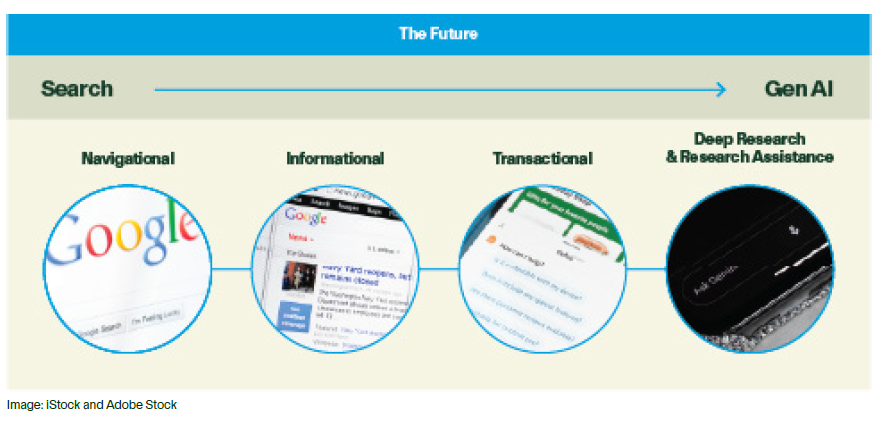Australia's housing debate fills the headlines daily. Immigration, interest rates and tax policy tend to dominate. All matter, but a crucial and often overlooked driver is the cost of adding incremental supply. When it becomes too expensive to build, new stock simply doesn't appear and prices/rents feel the squeeze. That's exactly what we are living through in Australia now. Despite a powerful five-year upswing in dwelling values, new activity (particularly apartments) has been subdued. Higher rates have played a role, but the bigger brake has been feasibility: construction inputs surged roughly a third in recent years, as materials inflated and labour remained scarce. Industry sources put cumulative increases at around 30-37% since the late 2010s, even as cost growth has stabilised more recently.1,2
There's also a longer-term productivity story. The Productivity Commission finds Australia now builds about half as many homes for every hour worked as three decades ago, reflecting heavier regulation, slow approvals and a fragmented industry structure. When productivity slips like this, projects don't get moving and developers can't make the returns stack up.
Meanwhile, demand remains structurally strong. Post- COVID population growth peaked at an extraordinary 2.5% in 2023, fuelled by net overseas migration. Even as interest rates rose, prices kept pushing higher and the rental market tightened: the national vacancy rate fell to around 1% at certain points this year, propelling rents.3,4
Ultimately supply is struggling to catch up. Recent ABS data show dwelling approvals remain below what's needed, with multi-unit approvals particularly soft. On top of build-cost inflation and soft apartment feasibility, major public infrastructure has absorbed trade labour, intensifying bottlenecks for residential builders.5
For investors, dislocation also creates opportunity. Aspen Group (ASX.APZ) operates at the sharp end of affordability, delivering and operating lower-cost accommodation (residential, land-lease/lifestyle and affordable build-to-rent). Its proposition targets households that are underserved by traditional developers, and where rental demand is deepest. Aspen explicitly positions itself as a provider of affordable, quality accommodation and markets products tailored to lower-to-moderate incomes.6

On the materials side, a cyclical upswing in housing starts would have obvious read-throughs. Leading indicators are turning: HIA's New Home Sales have lifted to their strongest levels in nearly three years, suggesting a pipeline for detached commencements as financing conditions ease from tight levels. BlueScope (ASX.BSL) has also flagged "signs of recovery in Australian construction," which would support its Australian Steel Products platform (think COLORBOND® roofing and steel framing) as detached activity improves.7,8
Boral, now 100% owned by Seven Group Holdings (ASX.SGH), remains Australia's largest vertically integrated construction-materials player across cement, concrete and quarries. It is leveraged to volumes and pricing discipline across cycles; a gradual normalisation in approvals and starts should flow through its network over time.9
Stepping back, the investment lens is simple. Australia needs more homes; the debate is how to deliver them profitably. Near-term headwinds (feasibility, approvals, labour) won't vanish overnight, but cost inflation has cooled from the peak, productivity reform is on the policy agenda, and demand fundamentals remain robust. In that context, businesses that can deliver housing consistently at attractive returns (like Aspen Group) or are leveraged to a recovery in new construction (BlueScope, Boral) will be beneficiaries as the cycle turns, particularly if policy changes help more projects cross the finish line. For long-term investors, the shortage is not just a challenge to be solved; it is also a persistent source of demand for the right operators with the right cost base and product fit.














